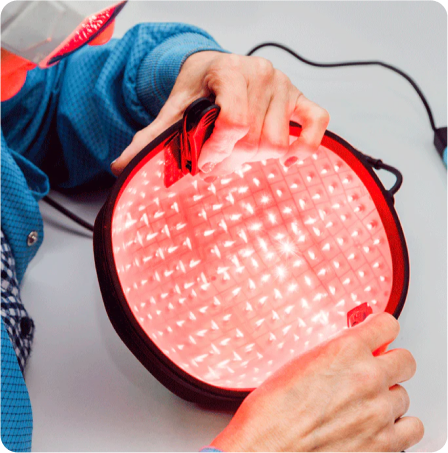
Female Pattern Baldness or
Androgenetic Alopecia
Is the most common form of hair loss in women. 4 out of 10 women experience hair loss by age 40, according to the American Academy of Dermatology. Tens of millions of women are affected by hair loss in the United States alone, and more research and technologies are being developed in response. There are some treatments out there, like laser therapy and minoxidil, but the best thing that you can do is be proactive about your hair loss.
If you’re here that means
You’ve noticed your hair thinning
Capillus offers industry-leading expertise and cutting-edge medical technology to help reverse the effects of androgenic alopecia.
Knowing more about your hair loss and what to expect in the future can help you figure out how to fight it effectively.
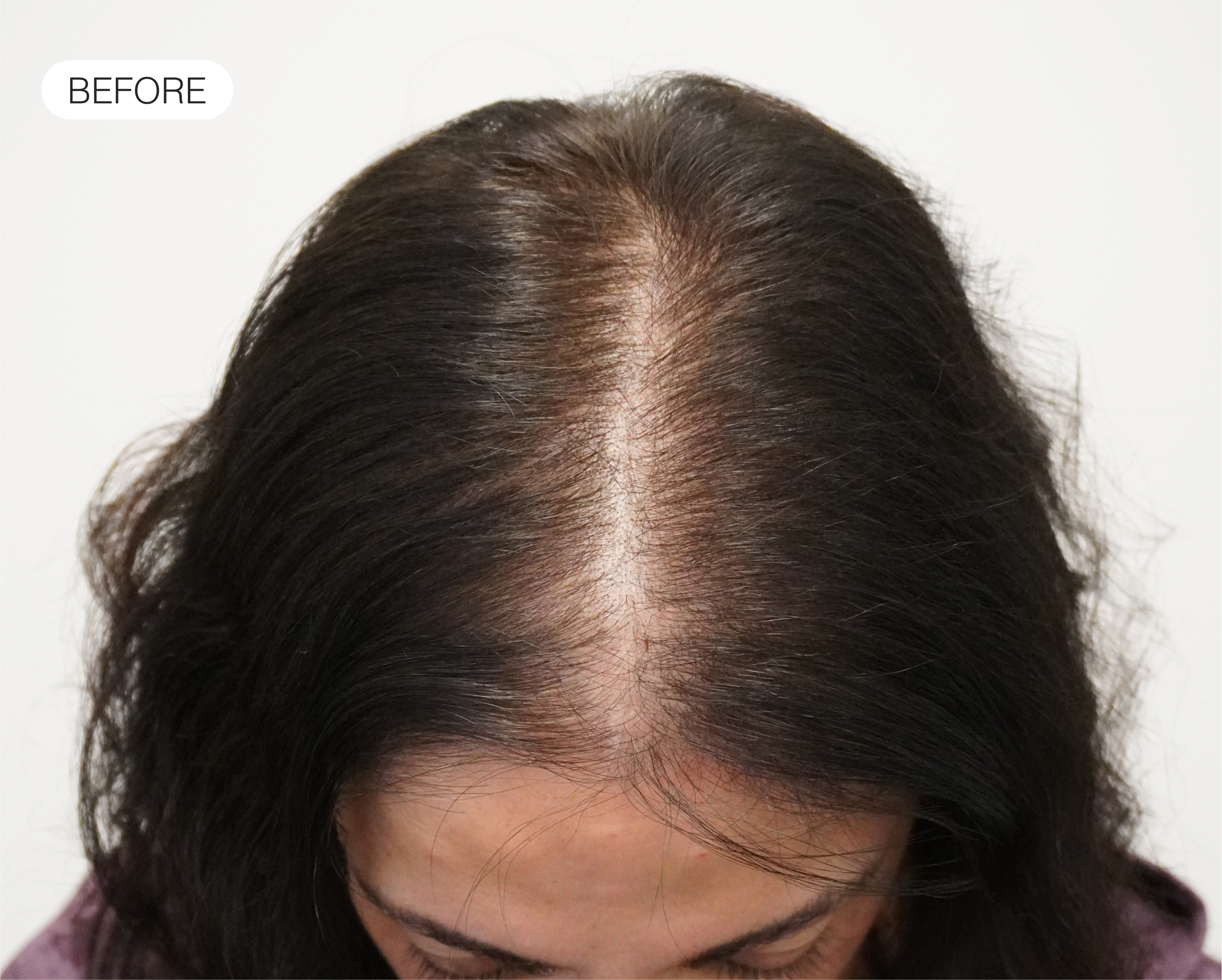
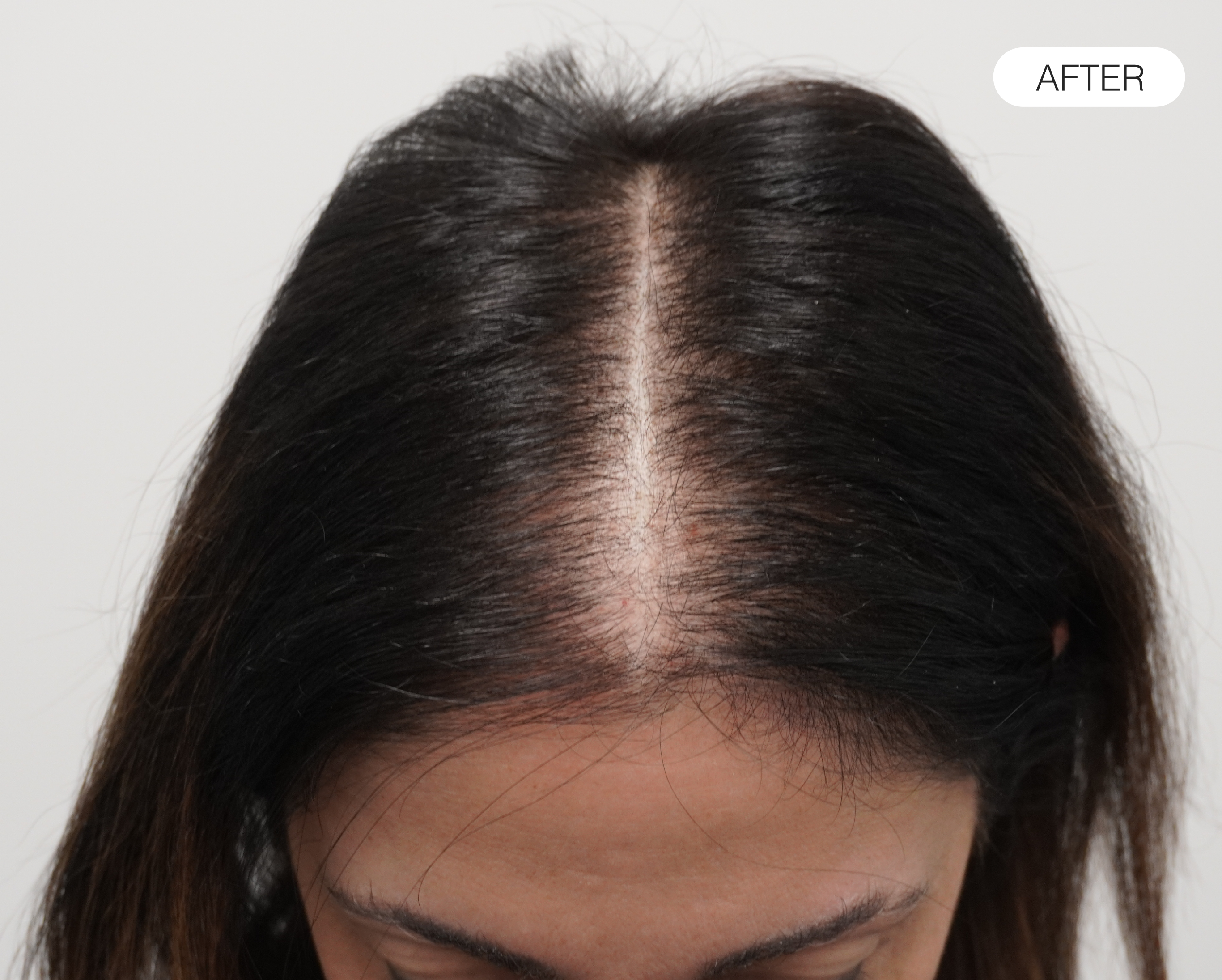
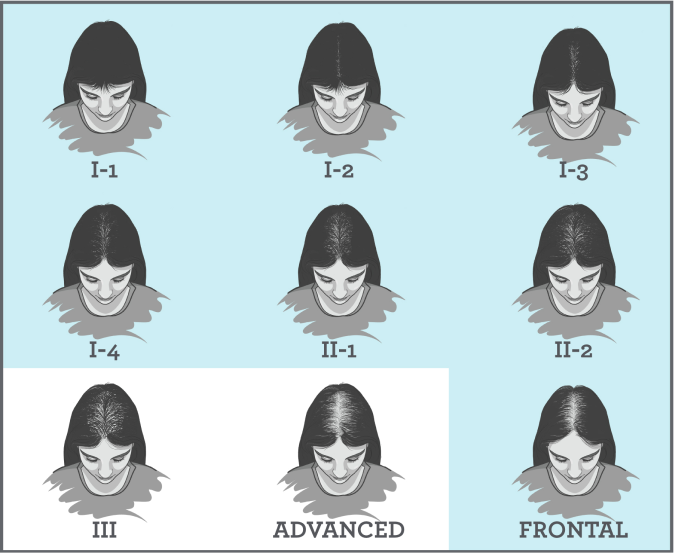
How to Identify:
Female Pattern Baldness
Female pattern baldness typically begins to appear around menopause. Hair starts to thin in the area where it's parted. Over time, hair becomes noticeably thinner and shorter, although complete baldness is rare in women.
For women, there is a chart that you can use to help identify which stage of the hair loss process you are in. This scale is known as the Ludwig-Savin scale.
All Capillus laser devices can be returned up to 6 months after purchase.
Compare Capillus Laser Therapy Caps
Crafted with Precision, Assembled with Care in the USA. At Capillus, we take pride in our commitment to quality and innovation. That's why all Capillus laser caps are meticulously assembled and serviced right here in the USA.
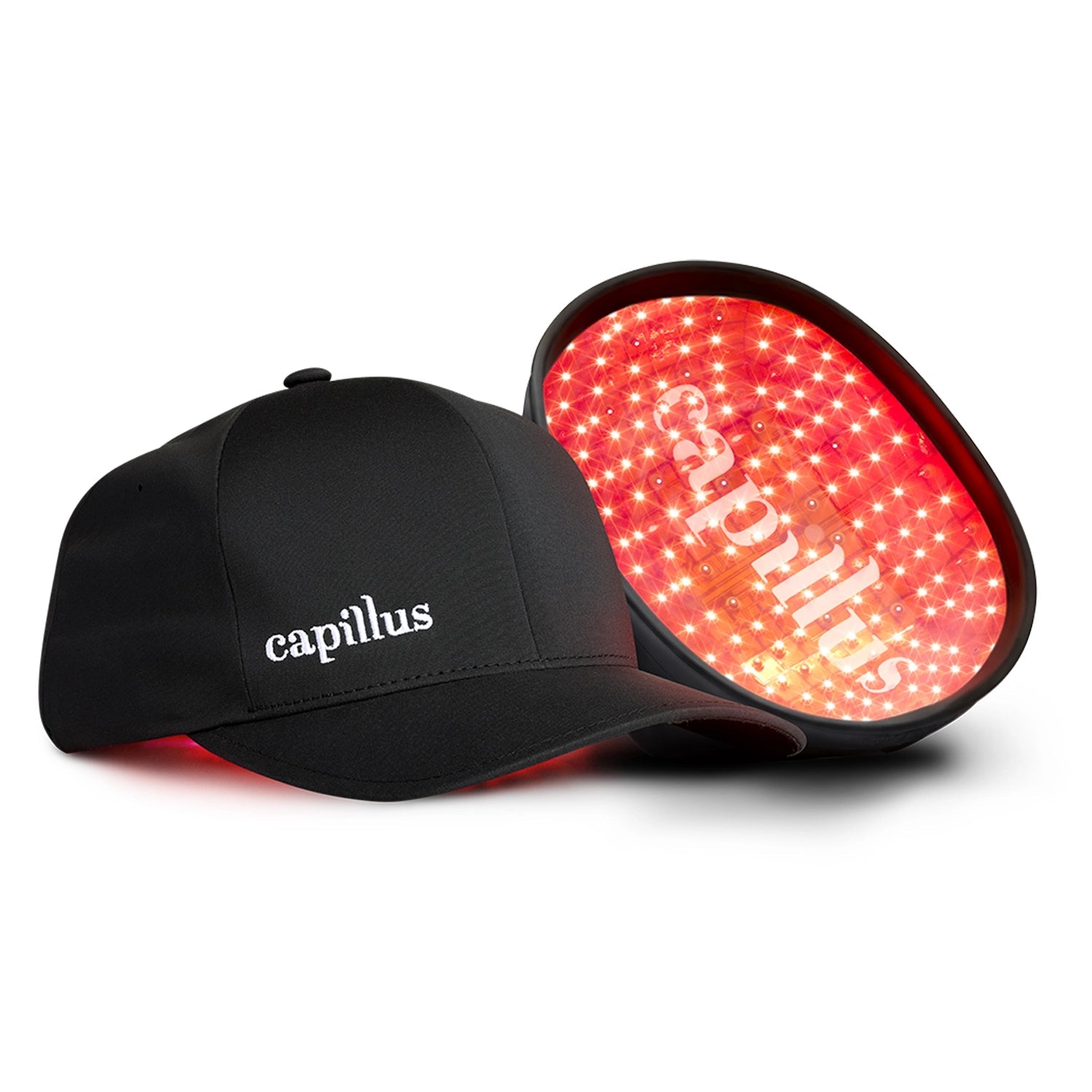
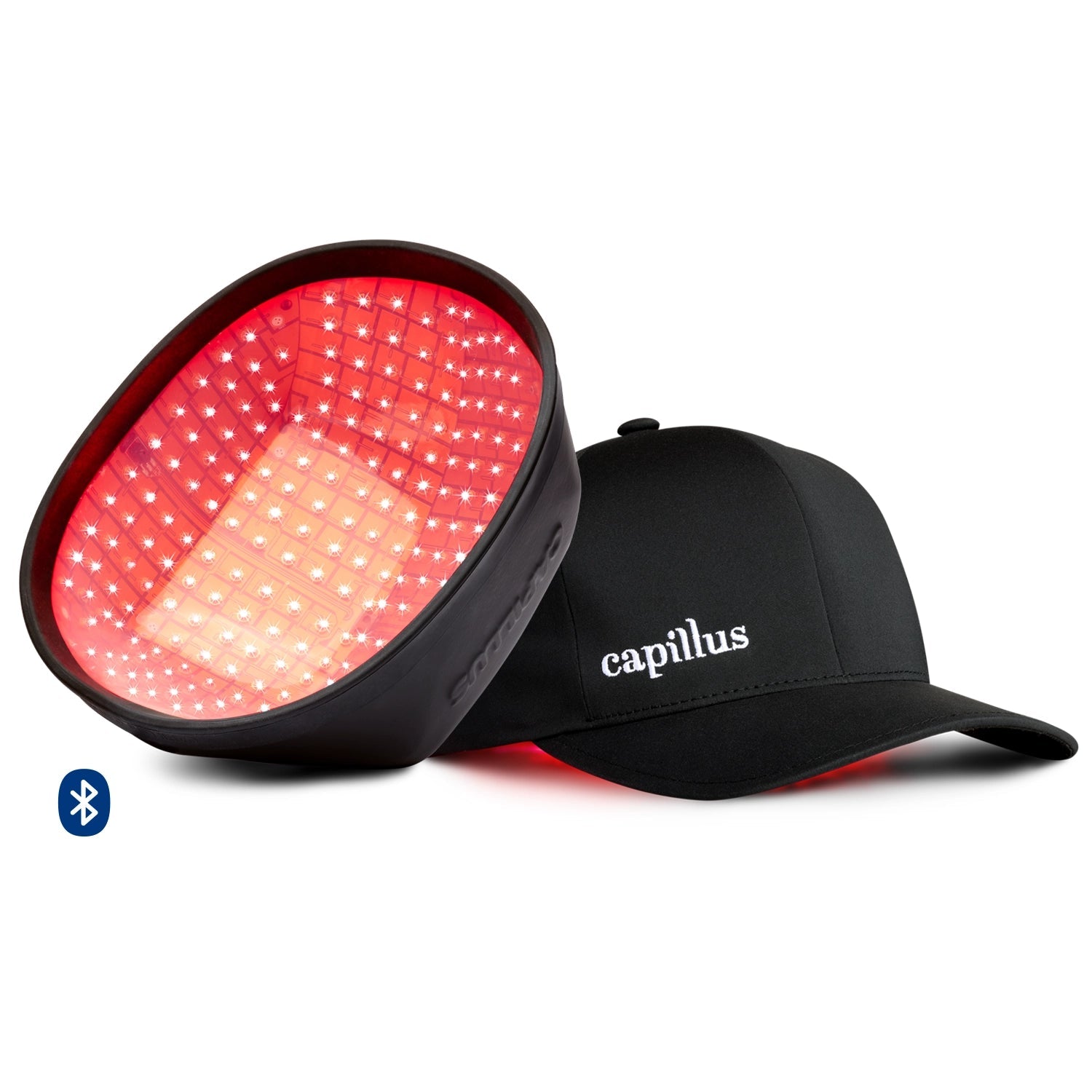
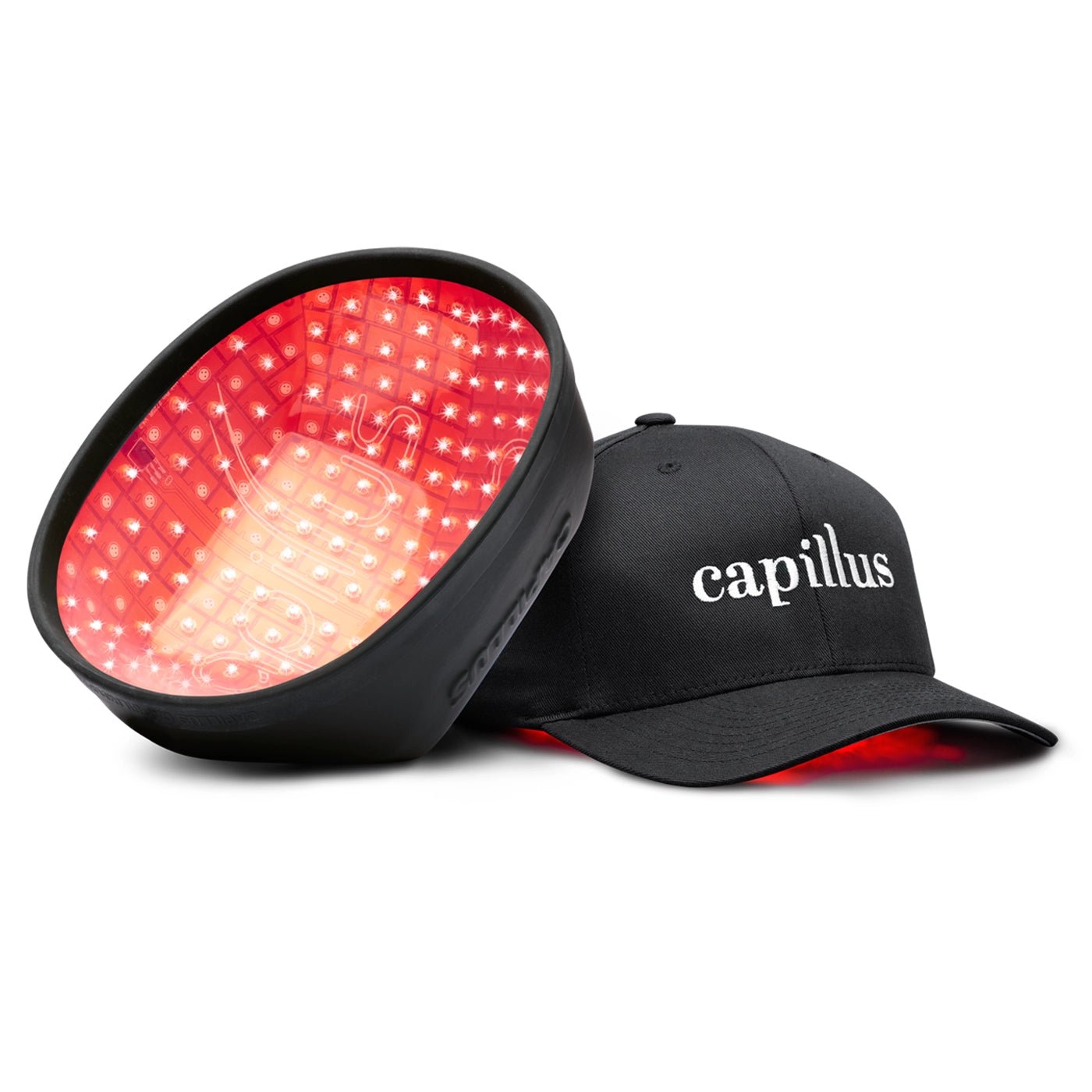
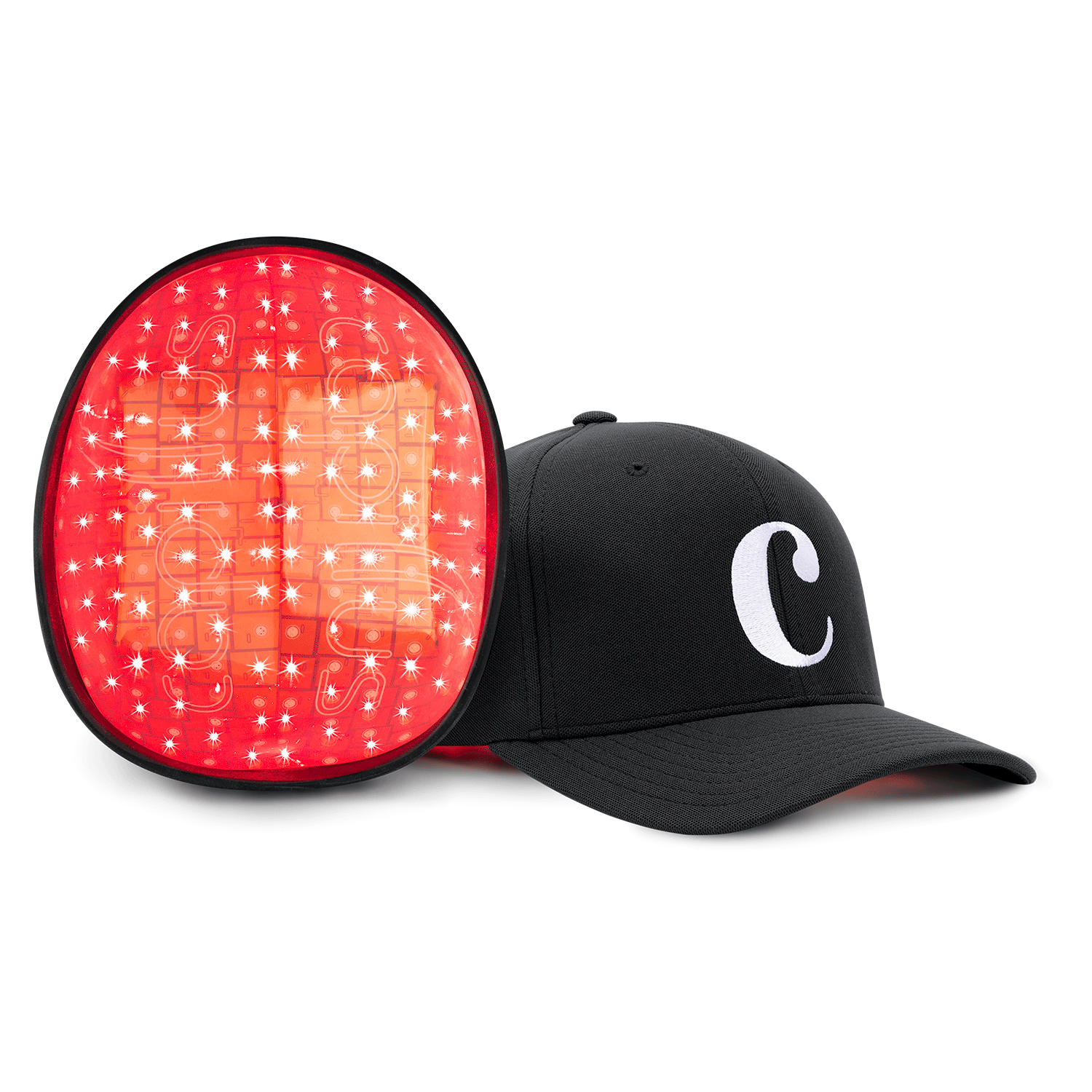
The Ultimate in Hair Regrowth Technology
Professional-Grade Scalp Coverage
Achieve Clinically Proven Results
Maintain Your Youthful Appearance
312 Medical-Grade Laser Diodes
304 Medical-Grade Laser Diodes
272 Medical-Grade Laser Diodes
112 Medical-Grade Laser Diodes
Yes
Yes
No
No
3 years
3 years
3 years
1 years
1560 mW
1520 mW
1360 mW
560 mW
Are there any non-surgical options for treatment?
Use this text to share information about your brand with your customers. Describe a product, share announcements, or welcome customers to your store.
Laser Caps

Low-level laser therapy (LLLT) uses safe, low-energy lasers to help stimulate hair follicles and promote hair growth. The lasers penetrate the scalp and help increase blood flow to the hair follicles, providing them with the nutrients they need to grow healthy hair.
Learn More Shop CapsSupplements

Cynatine HNS and DHT blockers are supplements that can help prevent hair loss. Cynatine HNS strengthens hair and gives it shine, while DHT blockers target a hormone linked to hair loss. Capillus offers both supplements.
Learn More Shop Supplements
Low-level laser therapy (LLLT) uses safe, low-energy lasers to help stimulate hair follicles and promote hair growth. The lasers penetrate the scalp and help increase blood flow to the hair follicles, providing them with the nutrients they need to grow healthy hair.
Learn More Shop Caps
Cynatine HNS and DHT blockers are supplements that can help prevent hair loss. Cynatine HNS strengthens hair and gives it shine, while DHT blockers target a hormone linked to hair loss. Capillus offers both supplements.
Learn More Shop SupplementsFAQs
Have a question? We're here to help
Are there clinical trials that support the efficacy of Capillus?
Yes. Capillus Laser devices only use clinically proven technology. In fact, the premiere laser therapy cap model from Capillus - the CapillusPro model - has been proven effective through an independently reviewed clinical trial for which results have been published in an esteemed medical journal, Dermatologic Surgery. Dermatologic Surgery is a monthly peer-reviewed journal published by American Society for Dermatologic Surgery that deals with the subject matter of dermatology.
The CapillusPro device has been clinically proven in a double-blind clinical study registered on ClinicalTrials.gov and managed by a neutral third party.* Clinical trial data indicated that low-level laser treatment of the scalp for 17 weeks with the CapillusPro device significantly improved hair counts by 51% in study participants who used the active (non-placebo) device. Subjects were able to use the device on a self-treatment, home-use basis. No side-effects of any kind were reported from clinical trial participants. The CapillusPro was proven to be a safe and effective treatment for androgenic alopecia within the appropriate stages of hair loss and skin tones as per FDA clearance.
Please note that the results mentioned above are specifically for the CapillusPro model. There have been no clinical trials to date on the other Capillus models to be able to assert an exact percent of average increase of hair.
*See details of clinical trials at ClinicalTrials.gov
There have also been many other clinical trials that support the efficacy of low-level laser technology for treatment of androgenetic alopecia.
Is Capillus good for use after hair transplant procedures?
Yes, Capillus uses safe, low-level lasers to stimulate, energize, and renew cells within the hair follicle for thicker, healthier hair. It also helps those who’ve undergone a hair transplant procedure to protect the new hair growth. Follow your transplant physician's directions for follicle support after transplant.
Are Capillus products safe for women?
Yes. Unlike some prescription medications for hair loss, Capillus low-level laser therapy (LLLT) products are safe for use by women.
In fact, the convenience and effectiveness of personal LLLT products makes the Capillus products the first choice among many hair restoration surgeons who treat women suffering with thinning, shedding, or balding.
Why should I choose Capillus over other brands of laser therapy caps?
Capillus revolutionized the hair restoration industry with the Capillus laser cap a decade ago by making professional-strength laser therapy available to hair loss patients at home. Capillus was the first laser therapy cap to be cleared by the US FDA for treatment of androgenetic alopecia. Since then, many have tried to imitate. Don't settle when it comes to your hair health.
At Capillus, we prioritize excellence above all else. Capillus caps are designed, engineered and assembled in our US-based, ISO13485-certified facility. We only use the highest quality, medical-grade lasers. Our premium laser caps are backed by our elite Physician Network, FDA clearances, our Satisfaction Guarantee, Manufacturer Warranty, and in-house, expert support. We offer choices in models making our caps affordable. We accept most credit cards and offer several payment options, including various financing options making it more affordable.
What is the difference between lasers and LEDs for hair regrowth?
Capillus laser therapy devices use only medical grade laser diodes as a light source. What does this mean? You get the right amount of light energy exactly where you need it. Capillus uses lasers because the output penetrates deeper, better and is clinically proven to be therapeutic for their specific purpose.
Laser light does not spread as much as LEDs over the same distance, which allows lasers to penetrate tissue to a deeper level with higher concentration. For photobiomodulation therapy, the farther the light is from the target, the less intense and less effective the treatment will be.
For light therapy to be effective, it needs to reach the cells that respond well to photobiomodulation therapy.
LASER stands for Light Amplification by Stimulation of Emitted Radiation. This simply means that a source of light is amplified within a gain medium and emitted in a specific way. LASER produces a very intense beam of light which has the following properties:
- Monochromatic (meaning it consists of one wavelength)
- Coherent (meaning all parts are in phase)
- Collimated (meaning all parts travel in one and same direction)
LED stands for Light-emitting Diode. And it’s pretty much just that. A diode that emits light when electricity passes through it. Often in pretty colors.
LED light can produce collimated light (with a focusing lens) but not coherent light thus they do not concentrate all their power in a coherent beam. Laser diodes by definition produce effective collimated and coherent light output.




















